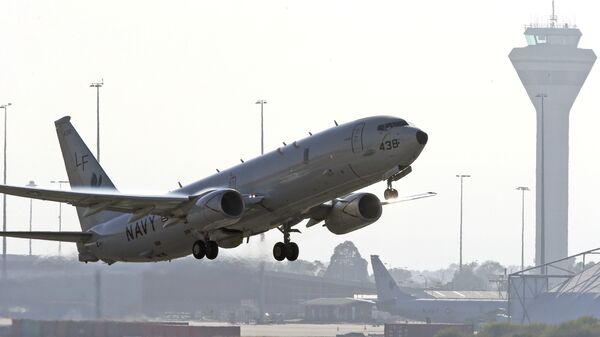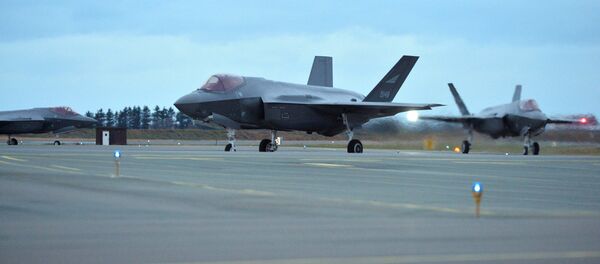The Poseidon 9-8A, despite a total bill of NOK 10 billion ($1.3 billion), was found to be incapable of keeping an eye on the fisheries due to a much higher operating altitude. By contrast, its predecessor the Orion propeller aircraft has been engaged in fishing surveillance in the Barents Sea from their base in Andøya since the 1960s.
"This situation we've had in all years with Orions flying 200 meters above the fishing fields, will be largely gone. The new planes will fly much higher. That's what they are designed for, and that is a big problem," former major and military analyst John Berg told national broadcaster NRK.
Berg, formerly a contributor to Jane's Defense Weekly, argued that there are plenty of cheaper surveillance aircraft available on the market.
"We should have chosen a smaller plane of anti-submarine systems and low-altitude monitoring systems such as Orion had. For example, we could choose Sweden's Swordfish. It operation cost is half as much, and only 70 percent of that of Poseidon in procurement," Berg said.
Previously, the Center Party, the Left Party and the Socialist Left Party all voted against the purchase of five Poseidon aircraft, each costing NOK 2 billion ($260 million). The parties argued that too little information was provided and that guidelines for such large purchases have not been followed.
READ ALSO: Norway Acquires 'Anti-Russian' US Patrol Aircraft, Keeps Mum About Price
Colonel Torgeir Aas of the Norwegian Air Force did not agree that the new aircraft were unsuitable for fisheries surveillance.
"It's true that the new surveillance aircraft can fly at a height of up to 12,500 meters, but they are also fully capable of flying low. With the new Poseidon aircraft, Norway will keep the Coast Guard's missions covered, as well as gain an oversight of fisheries and other military missions, in the same way that Orion performs today," Aas explained.
#Norway $1.75 billion FMS request for 5 P-8A Poseidon maritime patrol aircraft approved by @StateDept https://t.co/9Wp2gedM9p pic.twitter.com/95xJD7Xq6q
— Dan Darling (@DanielRDarling) December 22, 2016
The five P8 Poseidons will replace the fleet of six P3 Orions currently in service and are expected to land on Norwegian soil in 2022. Following the transition, the emphasis will be put on monitoring the waters off Norway's coast. In 2017, a classified source told the Klassekampen daily that Orion's inability to discover Russian submarines, described as "one of NATO's priorities" was one of the reasons for the replacement.
READ ALSO: Angry Norwegians Wrangle Over US Radar Jamming TV Signals



